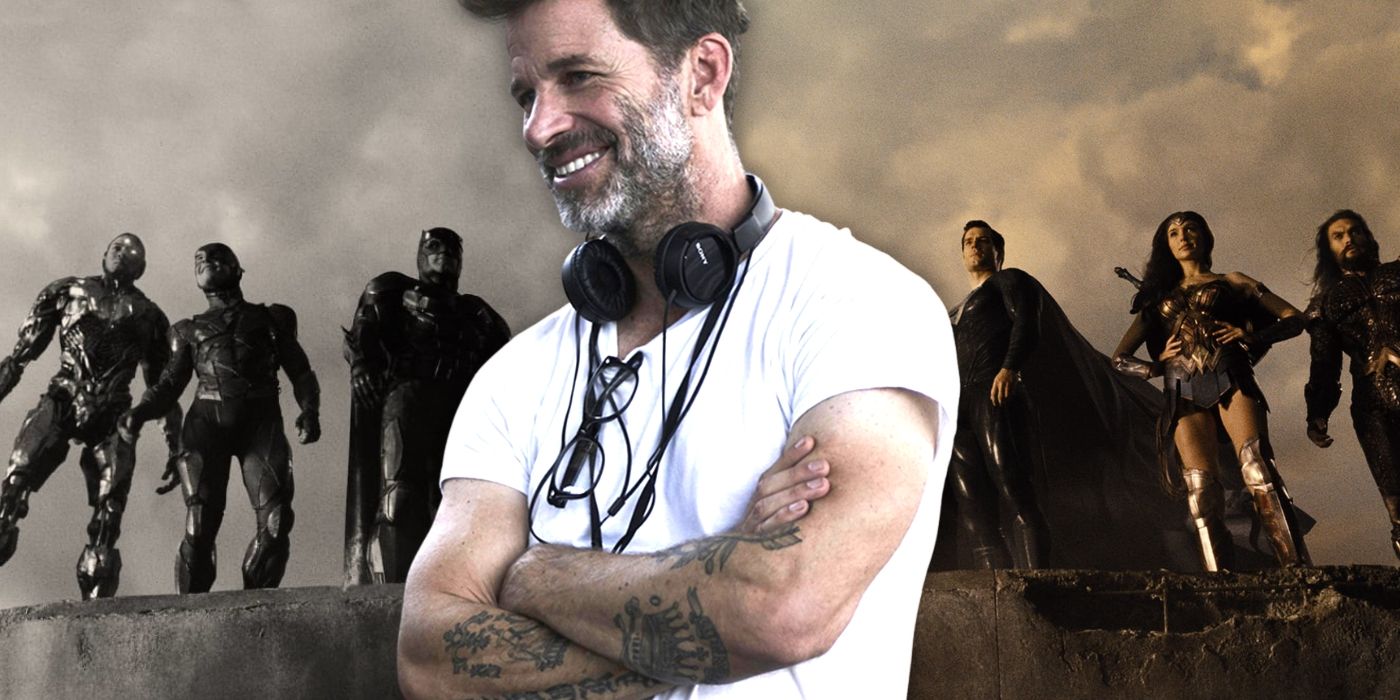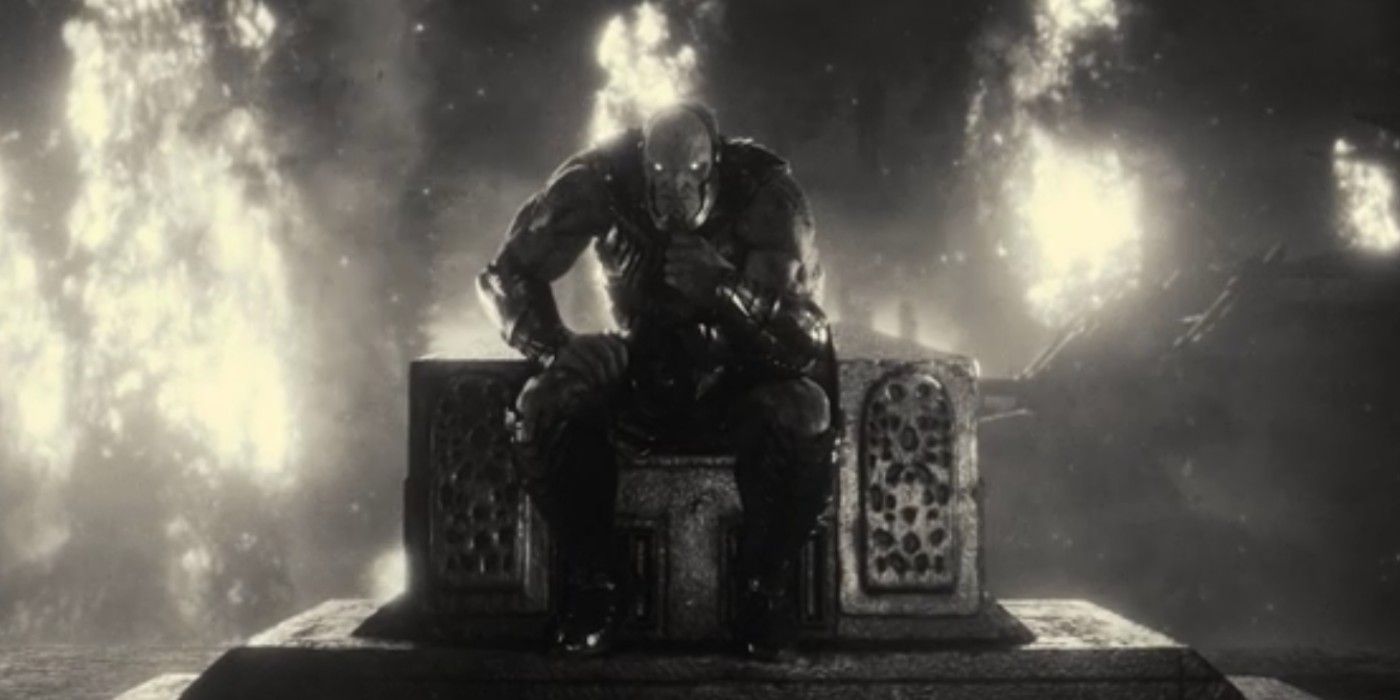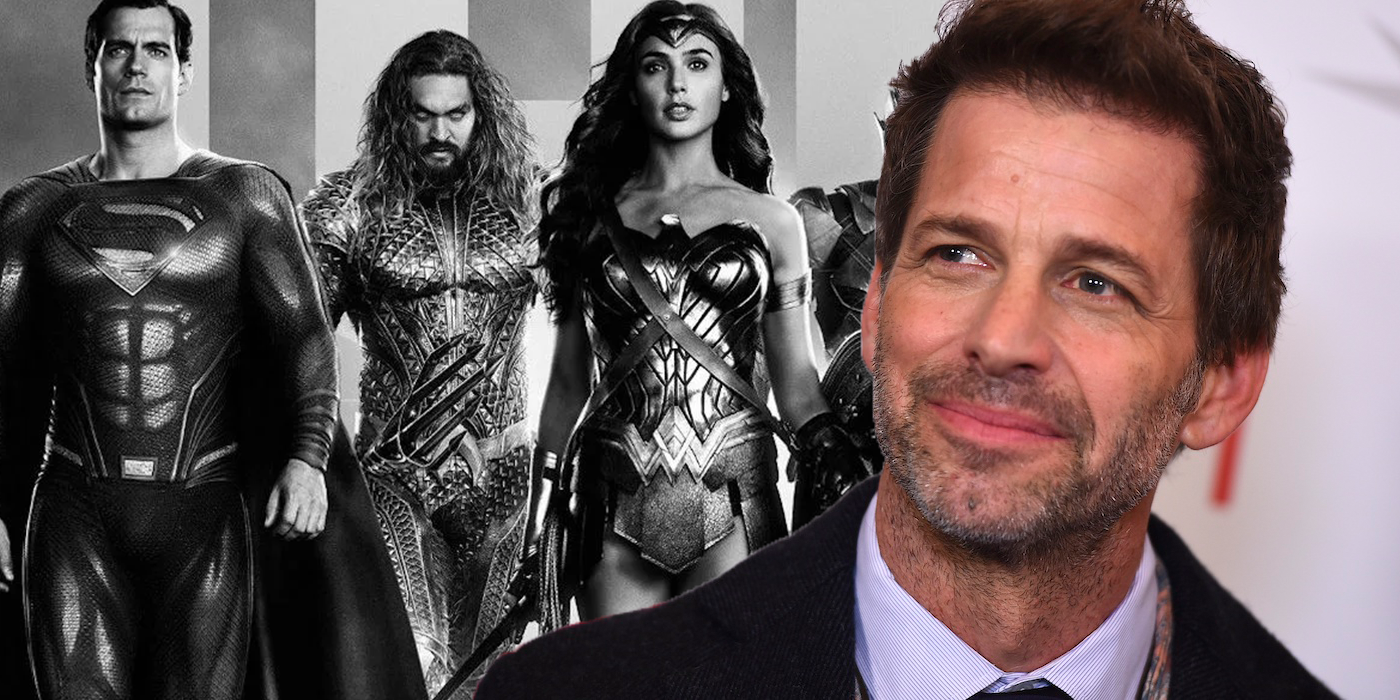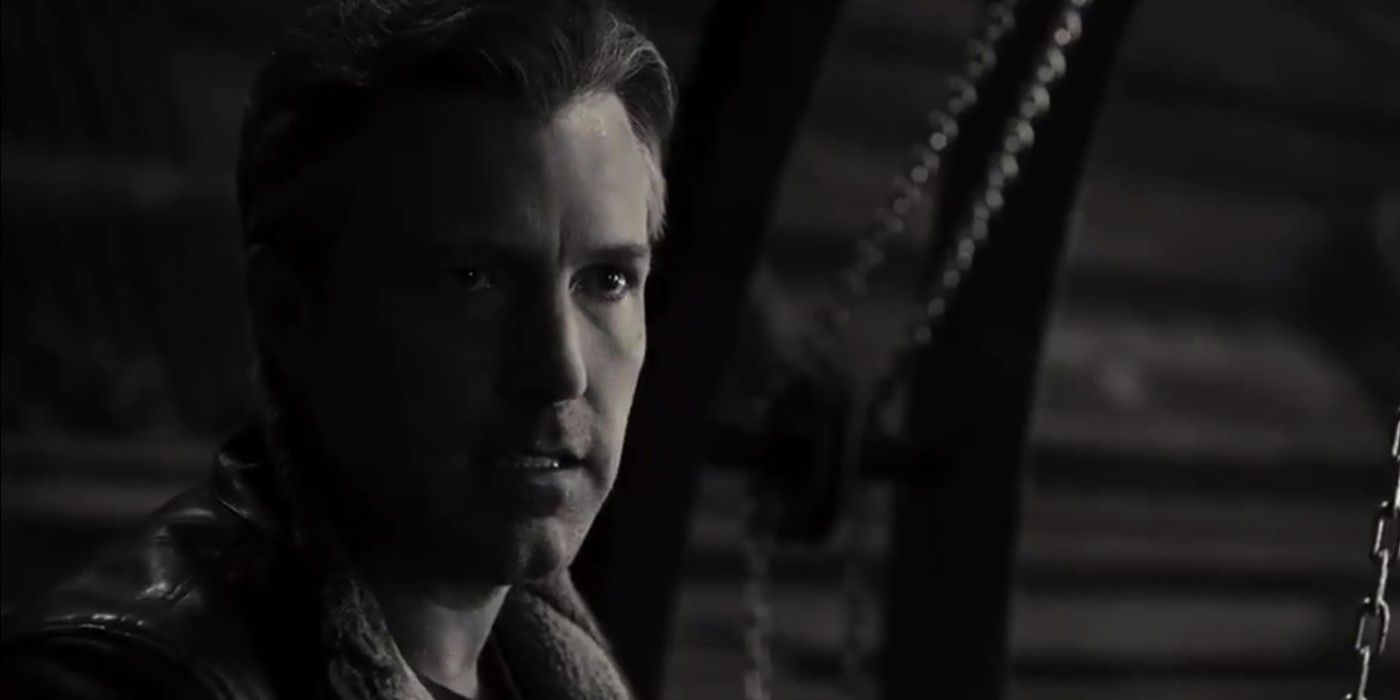Only a week after Zack Snyder's Justice League released on HBO Max, the streaming service debuted a black-and-white version under the title Justice Is Gray. This edition marked the end of Snyder's involvement with the DC Universe, with the whole film franchise set to be rebooted in the future. Given the Snyder cut presented a thrillingly different take on the events of the original 2017 theatrical version, questions from audiences were natural around the nature of the film, surrounding whether the new grayscale version included any new scenes not yet shown in the Justice League director's cut. Director Snyder himself said that his "ideal version" of Justice League would be to show it in black and white in an IMAX format.
The Snyder Cut's HBO Max format — in boxed 4:3 aspect ratio — presents the movie in such a fashion because Snyder shot the film using that more square framing, and is already a break from current format norms. While monochrome cinematography is usually only found for films that are considered more arthouse than superhero movies — think Alfonso Cuaròn's intimate film Roma — this isn't the first time a major Hollywood blockbuster has had noir treatment. Previous examples of genre films re-released in black and white include Mad Max: Fury Road and Logan and the trend has continued in monochromatic re-releases of titles ranging from Nightmare Alley to Werewolf by Night, all intended to mimic classic film. Are there any other changes in Zack Snyder's Justice League: Justice Is Gray though? Here's all you need to know.
Justice is Gray: Are There Any New Scenes?
Zack Snyder's Justice League: Justice Is Gray does not actually contain any additional footage. Snyder indicated he was throwing around the idea of including the infamous Joker "we live in a society" line, but the dialogue in the in-color Snyder Cut ultimately stayed the same. The only variation is the title card including the "Justice is Gray" subtitle. Still, an HDR television that emphasizes the contrast between light and dark color shades can make the visuals pop in a way that may satisfy the hardcore fan looking for the true Snyder Cut experience.
The Justice Is Gray release is, however, one further representation of the larger significance of the once-mythical Snyder Cut, as the version of the movie that Snyder himself showed friends in his home theater was also in black and white. After years of fan hype, Warner Brothers conducted re-shoots to release a version closer to Snyder's own vision, as part of its efforts to bring theatrical-level movies to HBO Max during the coronavirus pandemic. Snyder himself was unshackled to present ZSJL however he wanted (even if that vision sets up Justice League sequels that may never come to pass). The black-and-white version of the film is just one more way he exercised his creative liberties. However, given the new direction for the DCU and the deemphasis on HBO Max originals following the Warner Bros-Discovery merger, it seems unlikely that anything like Justice is Gray will happen again, making it even more of a curiosity now.
The Snyder Cut Was A Victory For Fandom But DC Can Now Move On
As Justice Is Gray illustrates, the movement to restore Zack Snyder's original vision of Justice League was a thorough victory. Given his hard work on Man of Steel, Wonder Woman, Batman vs. Superman, and Justice League itself, Snyder more than earned the right to see his vision of the ensemble film realized. Now, however, it's time for DC and its loyal fanbase to move on. The fight over the Snyder Cut's release haunted the DCU for a good few years, leaving Warner turning to alternate-universe stories like Matt Reeves' The Batman and ultimately the negative cloud around the Snyder-influenced movies and the awkwardness of the transition away from his unfinished five-film saga doomed the first attempt at a unified DC movie universe.
The existence of the black-and-white Justice League cut shows the disconnect between the self-serious, intentionally stylized ambitions of Snyder and Warner Bros' desire for a more broadly approachable franchise that could bring them the same success as the Marvel Cinematic Universe. With James Gunn stepping in to design a new DC Universe, superhero fans will have to move on and treat the release of Zack Snyder's Justice League and its Justice is Gray cut as the final capstone on Snyder's vision of the DC heroes instead of a springboard for a future "SnyderVerse."
Snyder Didn't Shoot Justice League To Be Black And White
Early on in the development process, Zack Snyder had the idea to film Justice League in black and white, similar to the Justice is Gray edition. However, he discarded this idea before shooting, saying that it would make the film seem "too militant." The film was shot with color in mind, and as a result, there are some scenes in the Justice League gray version where the black-and-white version lacks clarity and has a washed-out look. The unusual 4:3 ratio further creates an unusual look that can be distracting from Justice League's actual content. The color version of the Snyder Cut is still the definitive version and the best way to watch Zack Snyder's Justice League, but Justice is Gray is an interesting experiment that gives some idea of what Snyder's first ideas for the movie would have looked like.




